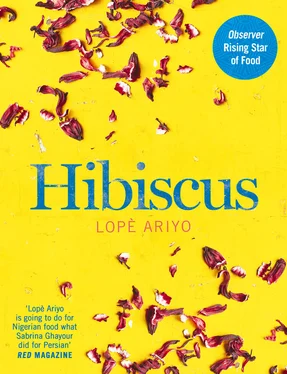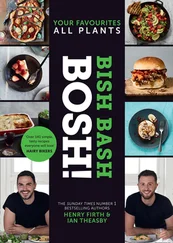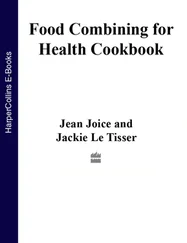EFIRIN, also known as clove basil, is a herb with waxy, jagged leaves. It is primarily used to flavour soups in Nigeria, although it’s so versatile that I use it in all sorts of dishes. Common basil is a good substitute.
EGUSI SEEDSare found inside gourds such as pumpkins and melons. They’re like very flat blanched almonds in appearance, and emit a nutty aroma when toasted. Generally, they’re ground and used to thicken soups and stews.
HIBISCUSis a purplish-red flower with a zesty cranberry flavour. The petals are often dried, so it can be enjoyed all year round. It’s an incredibly versatile ingredient and can be used in savoury dishes with meats and in sweet recipes, too.
BAOBABtrees produce pods, in which you will find the fruit – cubes that look like fluffy, white marshmallows. In Nigeria, the fruit is snacked on because of its refreshing taste. For export, it’s generally dried and processed to a nutrient-packed powder that can be found in health stores. The leaves of the baobab tree are also used for adding flavour to soups and stews.
UDA, also called Selim pepper, is native to West Africa and is often used in stews and soups. It looks like a vanilla pod, only with a thicker exterior, and the berries inside are chestnut brown with a fragrant, lemony-wood scent. They’re used in the marinade for a popular Nigerian street food, suya.
CAROB, or locust bean, is a tropical pod containing a sweet pulp that is dried and ground to a chocolatey brown powder.
MORINGAis a tree widely cultivated in northern Nigeria, where its leaves are primarily eaten in soups. Its powdered form is a vivid green colour not dissimilar from matcha powder. It has a sharp taste with nutty accents.
PALM JUICE, WINE AND VINEGARare made from palm tree sap. Upon extraction, it is a naturally sweet juice. Within a few hours, it ferments and turns to wine with a low alcohol content. Left much longer, it turns to palm vinegar.
RED PALM OILhas a unique sweet flavour with mild hints of carrot and is a similar consistency to coconut oil. In West Africa it is harvested sustainably and used in its raw form. Try to find brands that responsibly source their palm oil. If you can’t find palm oil, you can cook with any other oil but the flavour and colour won’t be the same – I’ve pointed out when really only palm oil will do!
KOLA NUTSare the main flavouring in a certain popular soft drink. The reddish-brown nut is high in caffeine and generally tastes bitter, so is often mixed with sugar. In Igbo culture, they are usually eaten whole and offered as a sign of hospitality.
GARRIis cassava that has been completely dried in the sun and shredded down to breadcrumb size. It is used to make Eba or is soaked in water and eaten like breakfast cereal with a sprinkling of sugar.
BEAN FLOURis most commonly made from brown honey beans in Nigeria. They’re de-hulled, dried and milled, and the resulting off-white flour is typically used to make Moin Moin, a steamed bean cake, and Akara, bean fritters.
ATAMAis a herb with a liquorice-like scent, very similar to tarragon, which can be used as a substitute, although its leaves are much wider – more like those of the bay tree. It can be used dried or fresh, but the former has a much more intense flavour.
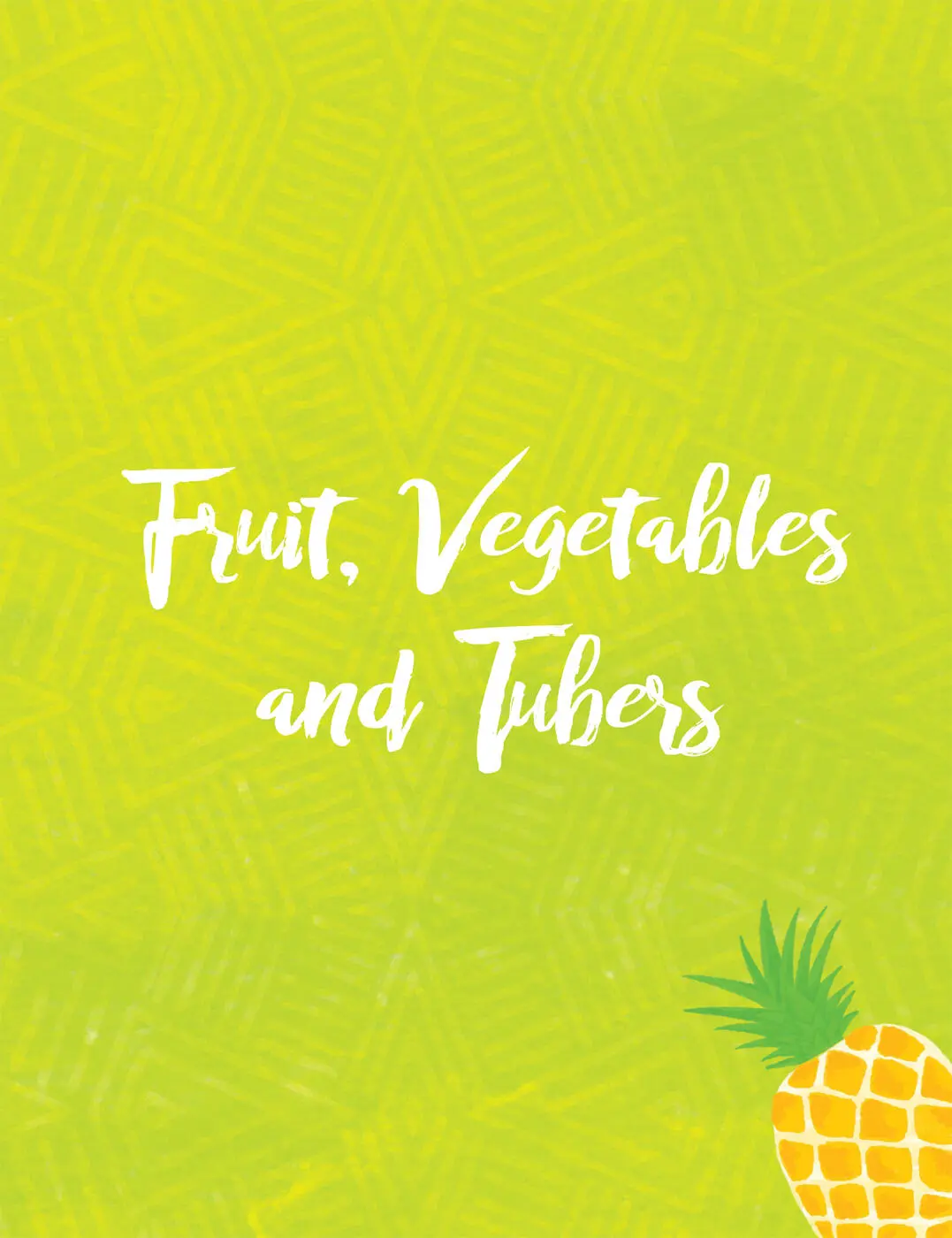
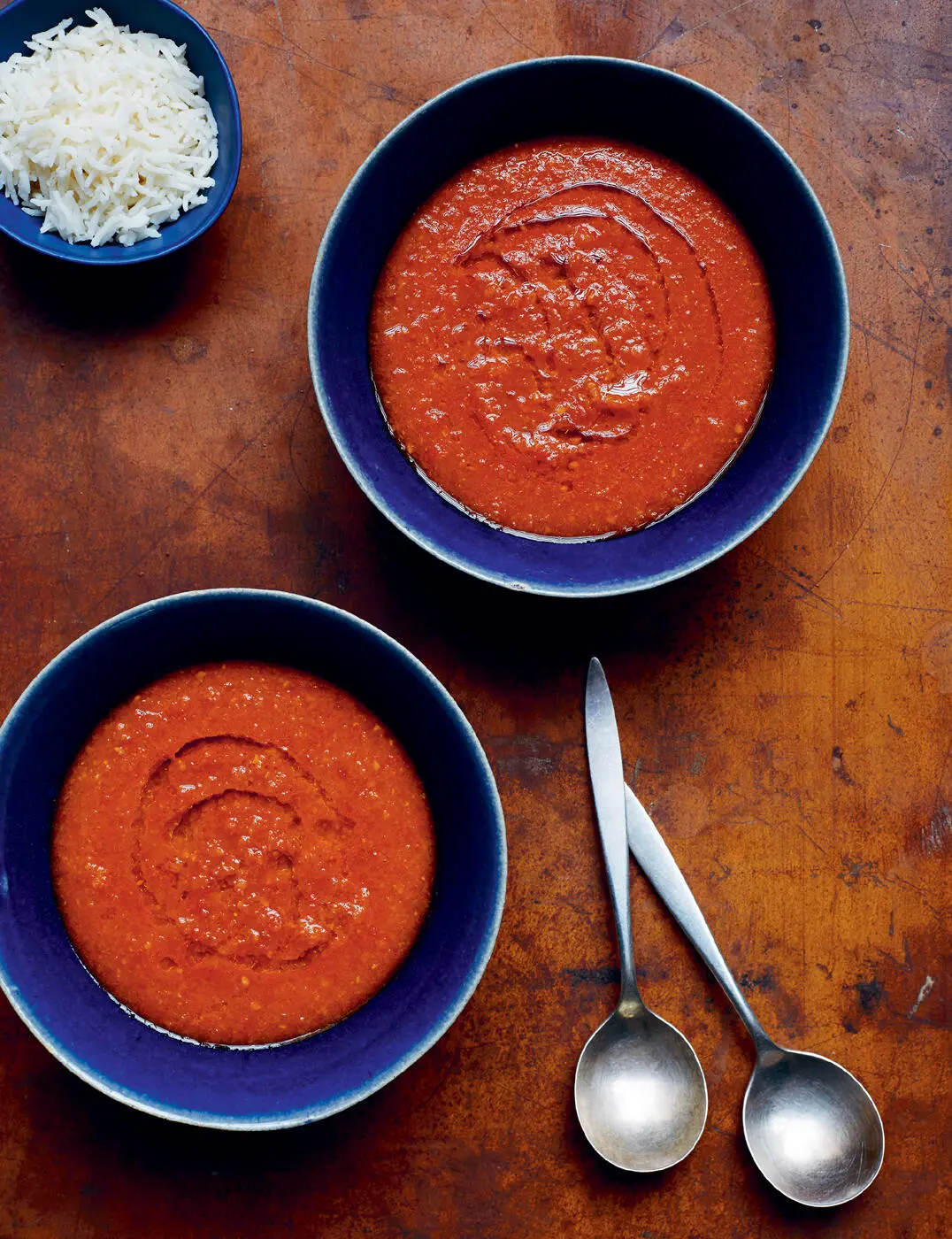
BELL PEPPER SOUP
Obe Ata (Yoruba)
It wouldn’t be right to have a Nigerian cookbook and not include Obe Ata. Obe means soup in Yoruba and ata means pepper. In Nigeria, soups are usually made by blending the ingredients first and then cooking them in oils and flavoured stock. When made this way, they develop a vibrant colour. Most are ruby red, rich gold or bright, emerald green, encapsulating Nigerian food to a T: rich in flavour and beautiful to look at. This recipe is really quite spicy, so feel free to reduce or omit the chilli according to your taste buds! Serve with some Agege Bread or brioche, with rice spooned on top, or with Okele.
PREP TIME: 10 MINS
COOKING TIME: 20 MINS
SERVES: 4
2 large red peppers, chopped
4 salad tomatoes, halved
2 white onions, halved
2 celery sticks, chopped (optional)
4cm piece of fresh ginger, peeled and finely chopped (optional)
2 tbsp palm oil or coconut oil
1 beef, chicken or vegetable stock cube
1 tsp garlic granules
1/2 tsp ground cloves
1 tbsp carob powder (optional)
2 Scotch bonnet chillies, deseeded (if preferred) and finely chopped
salt, black pepper and cayenne pepper
groundnut oil, to serve
Using a blender or food processor, blitz the peppers, tomatoes, onions, celery and ginger (if using) with 100ml water to a relatively smooth liquid. You might need to do this in batches, depending on the size of your equipment.
Place a large saucepan over a medium heat and add the palm oil or coconut oil. Once it has melted, add the pepper mix, increase the heat to medium–high and cook for roughly 5 minutes until its colour changes from a pastel red to a dark, fiery red.
In a measuring jug, add 200ml boiling water to the stock cube, garlic granules, ground cloves and the carob powder, if using. Stir to dissolve the stock cube and then pour into the pan with the pepper mix. Add the chopped Scotch bonnets and season to taste with salt, black pepper and cayenne pepper. Stir, then place the lid on the pan and bring to the boil. Once boiling, reduce the heat back to medium–low and cook for a further 10 minutes until reduced to a rich soup. By this point any tanginess from the peppers should be gone and the soup will taste almost sweet.
Divide between four bowls and drizzle over some groundnut oil to serve.
NOTES
Because this soup is eaten so often, many Nigerian households use double or triple the quantity of ingredients, blend the vegetables and then freeze them in portions. The frozen pepper paste can be added straight to the pan with the stock and spices. It’s also very common to add some form of protein to turn the soup into a stew. Favourites include chicken thighs or drumsticks, firm white fish or diced beef and tripe.
Конец ознакомительного фрагмента.
Текст предоставлен ООО «ЛитРес».
Прочитайте эту книгу целиком, купив полную легальную версию на ЛитРес.
Безопасно оплатить книгу можно банковской картой Visa, MasterCard, Maestro, со счета мобильного телефона, с платежного терминала, в салоне МТС или Связной, через PayPal, WebMoney, Яндекс.Деньги, QIWI Кошелек, бонусными картами или другим удобным Вам способом.
